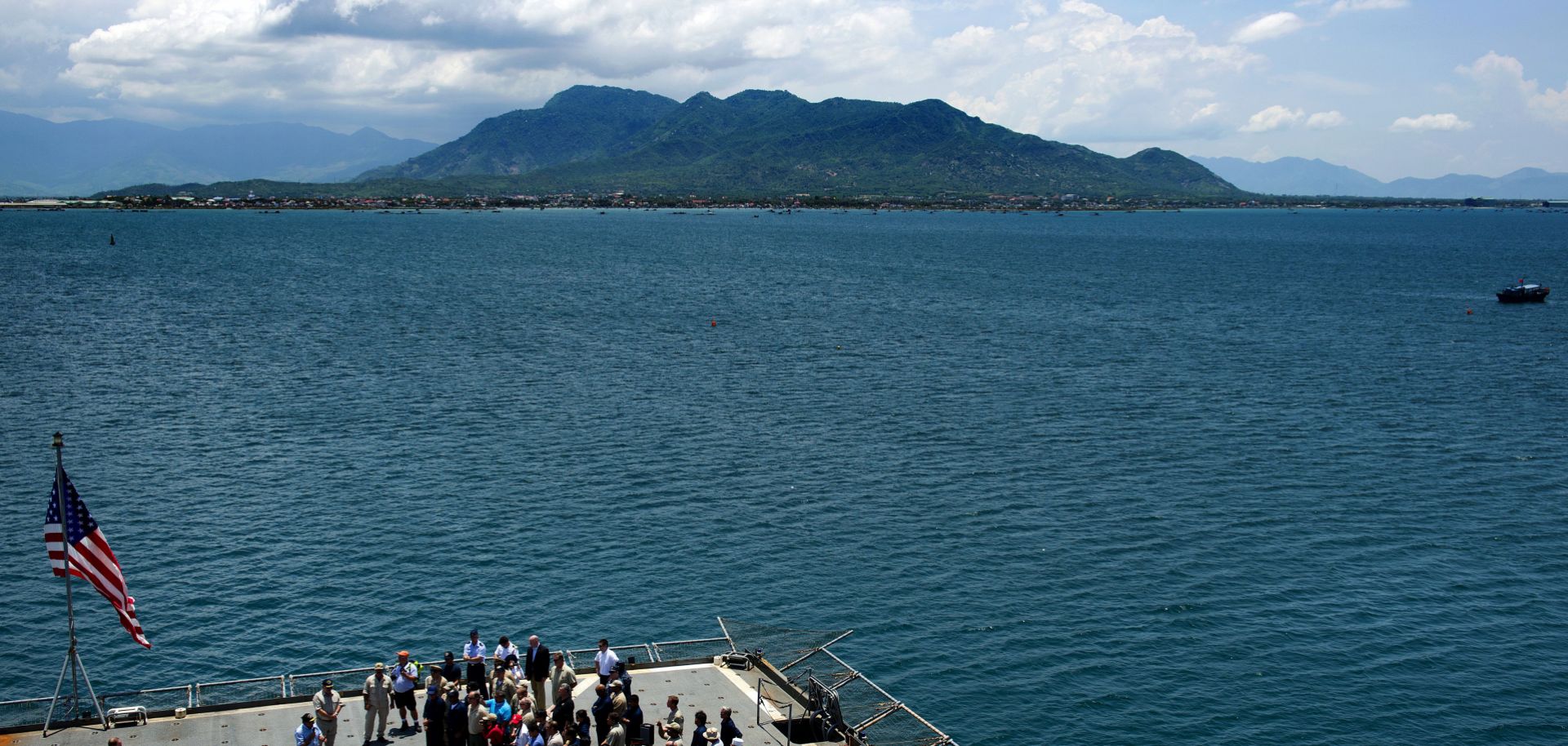
Located on the southeastern coast of Vietnam, the 100-square-kilometer (40-square-mile) Cam Ranh Bay is considered the best location for a deepwater port in the Asia-Pacific region due to its long protective peninsula and deep harbors. Situated along the chokepoint between the Pacific and Indian oceans, the port occupies a vital sea-lane of the South China Sea and provides a southeast gateway to the Indochinese Peninsula. Coinciding with a recent visit by Vietnamese President Truong Tan Sang to Russia, speculation has mounted that Vietnam may be negotiating with Russia to allow Moscow to use the former Soviet Union naval base of Cam Ranh Bay. Sang said that Hanoi would allow Moscow to set up a ship-maintenance base at the port but that it would not allow Russia to establish a military base there and that Russia would not have exclusive use of the base.
Meanwhile, the Russians also denied that they were seeking to obtain a naval base in Vietnam. Vietnam has a multifaceted strategy for the Cam Ranh Bay port. By reopening the port to the outside for commercial use, Hanoi is aiming to generate investment in port upgrades and to develop it into a key service port that could facilitate Vietnam's trade and communications with other countries. Moreover, with the port having already played an important role in the Vietnamese navy's deployment in the South China Sea, further upgrades to the Cam Ranh Bay port could enable future Vietnamese naval deployments in the disputed waters.
More important, Vietnam is looking to capitalize on its strategic port in its so-called omni-directional foreign policies. By offering port access to foreign countries or their navies in a more flexible manner, Hanoi is hoping to attract foreign powers in its attempt to tighten defense cooperation and position itself as a key strategic partner, thereby enhancing its role in the region.



